Live Captioning for Conferences, Universities, and Learning Providers
With the Covid-19 pandemic showing no signs of going away, our “new normal” will involve social distancing, greater hygienic practices, and a lot more people working from home or online.
Unfortunately, these new norms will create even greater difficulties for deaf and hard of hearing people.
The answer may lie in live captioning.
What is live captioning?
Live captioning is exactly what it sounds like; captions appearing on the screen as fast as the person is speaking.
Experts who train in writing using specialist shorthand machines can write over an astonishing 300 words per minute – just as fast as someone talking – with an accuracy rate of over 99%.
This is opposed to the usual way captions and subtitles are created which is after the fact.
Why do you need live captioning?
For businesses, institutions, and places of learning, live captioning is a way to include everyone in your undertaking, and for the latter in the UK, students must not be discriminated against in any way, and Universities/Learning institutions must make “reasonable adjustments” to accommodate those with hearing difficulties.
For those suffering from hearing loss, live captioning is a way to level the playing field, helping keep up with what’s going on while having a voice in the discussions.
And it’s not just for the hard of hearing, especially in an educational setting.
Thousands of foreign students come to the UK each year, and live captioning is a way to help them understand what’s happening to a greater extent, especially if people are speaking fast or have an accent.
How it works
Speech-to-text-reporters who specialise in live captioning, use a form of shorthand to build sentences and conversations on a computer.
Although it’s faster and more accurate than any other type of speech to text software, it’s not without its problems.
For a start, public speaking is terrifying for those not used to it, so people’s nerves might get the better of them, making their speech fast, slurred, and barely comprehensible.
Or if the speaker is talking about very technical matters, then the STTR needs to have a basic knowledge of what’s being said, so as to not make any mistakes.
For these reasons and more it’s necessary for considerable preparation beforehand so on the day the reporter is not left in the dark by unfamiliar terms.
How 121 Captions can help
With our dedicated team of experts, we can live caption any event, lecture, or conference, from anywhere in the world.
We can provide live captioning either onsite or remotely, whichever is best suited to your unique needs.
Onsite live captioning has the big advantage of experiencing the “feel” of the room, watching slides and presentations in person, and picking up on the dynamics of the speakers and event. They can even raise their hand and ask the person speaking to slow down or enunciate more if necessary.
For onsite reporters, you only need to supply a table and chair, we handle the technology side of things.
For remote live captioning, a good, reliable internet connection is essential, as well as quality microphones so the reporter can hear what is being said without lag or interference.
Because the speech-to-text-reporter isn’t in the room, any PowerPoints or presentations should be part of the preparation material.
If you’re interested in live captioning, then contact us today and let’s have a chat about how 121 Captions can help you,

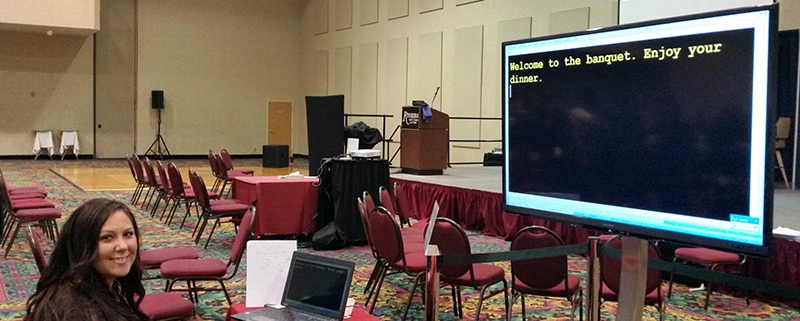
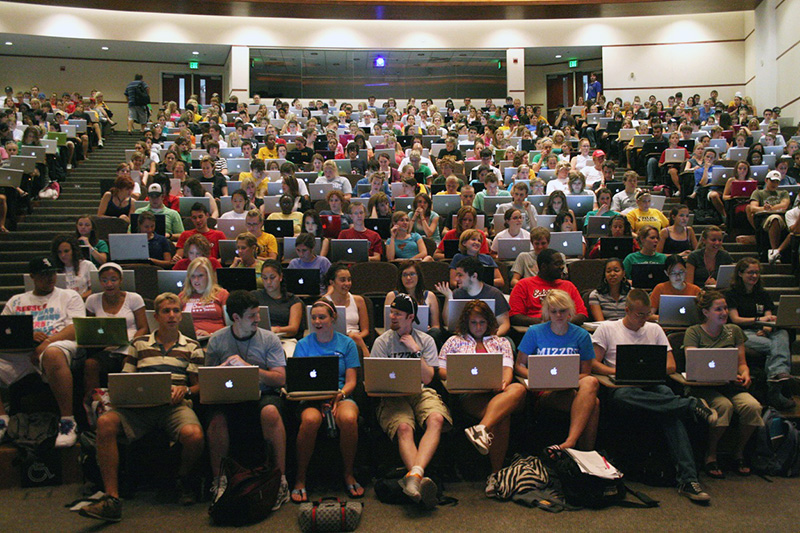
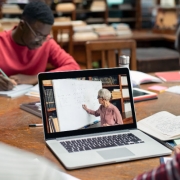
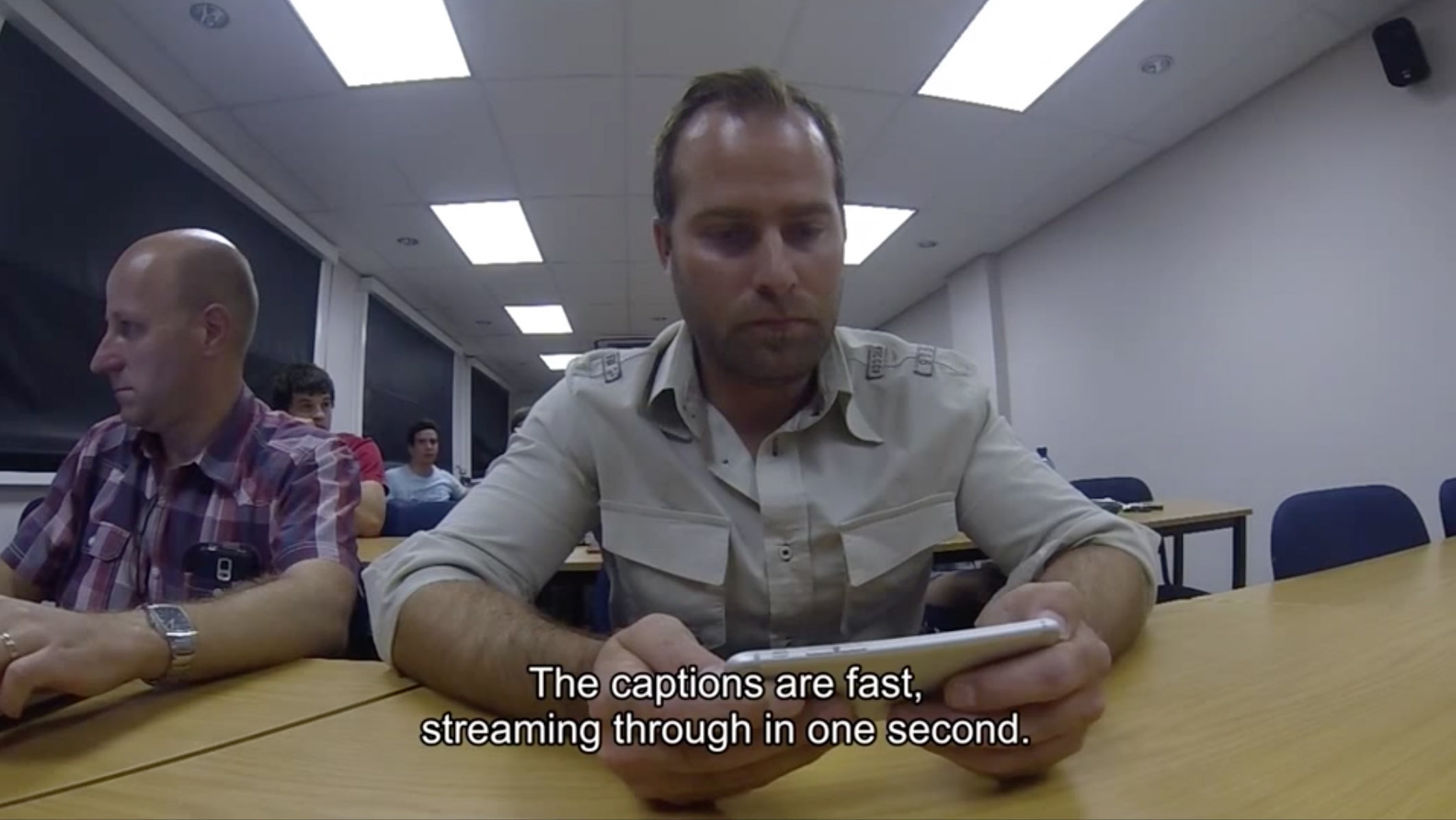
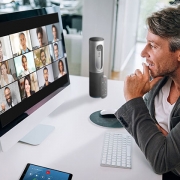



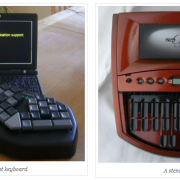
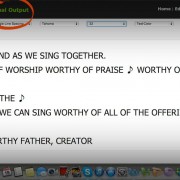


Leave a Reply
Want to join the discussion?Feel free to contribute!